- info@shatakshiurja.com
- +91 8108304466
01
02
03
04
05
06
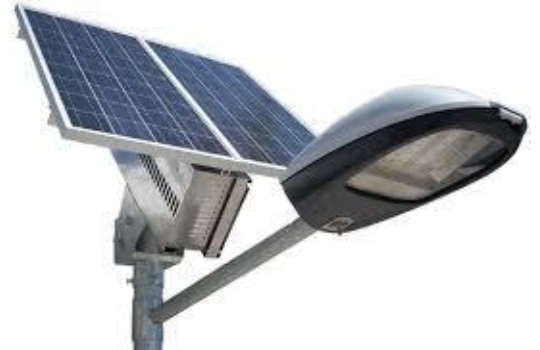
Solar street lights are raised light sources which are powered by photovoltaic panels generally mounted on the lighting structure or integrated in the pole itself. The photovoltaic panels charge a rechargeable battery, which powers a fluorescent or LED lamp during the night.
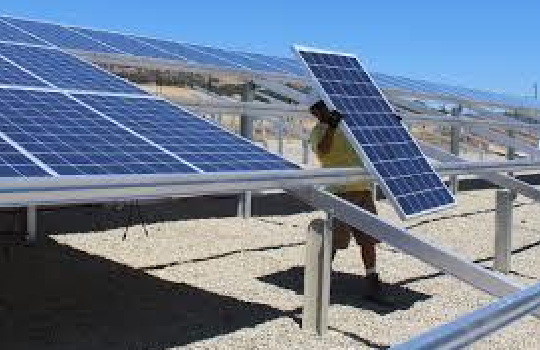
Photovoltaic mounting systems (also called solar module racking) are used to fix solar panels on surfaces like roofs, building facades, or the ground. These mounting systems generally enable retrofitting of solar panels on roofs or as part of the structure of the building (called BIPV).
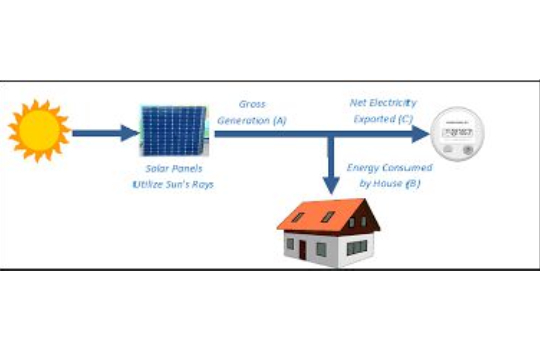
Net metering (or net energy metering, NEM) allows consumers who generate some or all of their own electricity to use that electricity anytime, instead of when it is generated. ... Monthly net metering allows consumers to use solar power generated during the day at night, or wind from a windy day later in the month.
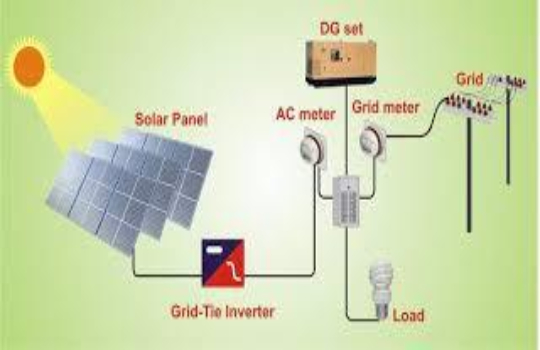
A grid-connected photovoltaic power system, or grid-connected PV power system is an electricity generating solar PV power system that is connected to the utility grid. A grid-connected PV system consists of solar panels, one or several inverters, a power conditioning unit and grid connection equipment. A grid connected system is connected to a large independent grid (typically the public electricity grid) and feeds power into the grid. This is a form of decentralized electricity generation. In the case of residential or building mounted grid connected PV systems, the electricity demand of the building is met by the PV system. Only the excess is fed into the grid when there is an excess. The feeding of electricity into the grid requires the transformation of DC into AC by a special, grid-controlled inverter. A grid-tie inverter or a (GTI) is a special type of Inverter (electrical) that is used in a renewable energy power system to convert direct current into alternating current and feed it into the utility grid. The technical name for a grid-tie inverter is "grid-interactive inverter". They may also be called synchronous inverters. Grid-interactive inverters typically cannot be used in standalone applications where utility power is not available.The Grid Tie Solar Inverter is designed to convert solar electric (photovoltaic or PV) power into utility-grade electricity that can be used by the home. In order to operate, the inverter must have grid power available and connected. It will not provide backup power if the AC grid fails. The inverter will automatically synchronize itself to grid. The inverter is provided with the isolation transformer internally with basic insulation.
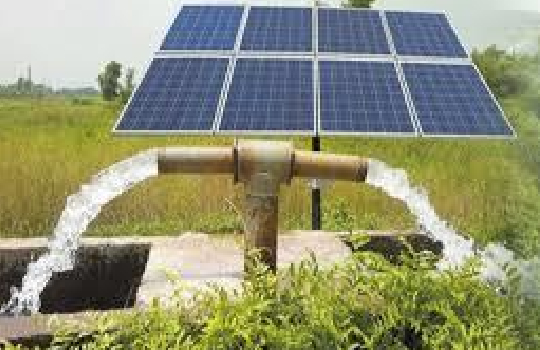
A solar water pump has a mini power house at its heart and consists of a calibrated and matching solar array of modules –tuned with the equivalent power of pump for that particular application. The solar water pumping system is capable of running all types of electrical water pumps with aplications varying from irrigation to household demands. Irrigation pumps such as submersible, surface or deep well can also be coupled with drip irrigation systems to enhance the returns from this configuration. A typical solar water pumping system is known by the sum total of solar array size that is required to run the attached pump. A 1000 Wp solar water pump is capable of drawing and pumping approximately 40,000 liters of water per day from a source that is up to 10 meters deep. This is sufficient to irrigate about 2 acres of land with regular crops. A 1000 Wp solar water pump helps save up to Rs 45,000 when compared to equivalent use of a diesel-operated pump over a year.
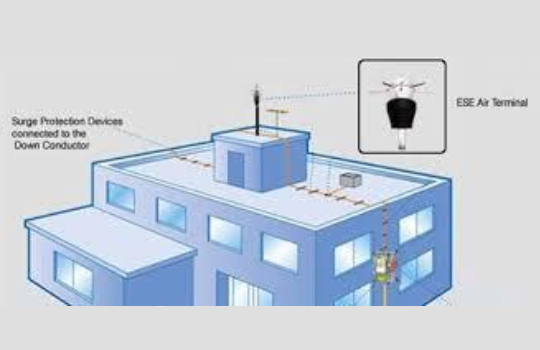
A lightning arrester (also called lightning diverter) is a device used on electric power systems and telecommunication systems to protect the insulation and conductors of the system from the damaging effects of lightning. The typical lightning arrester has a high-voltage terminal and a ground terminal. When a lightning surge (or switching surge, which is very similar) travels along the power line to the arrester, the current from the surge is diverted through the arrester, in most cases to earth.